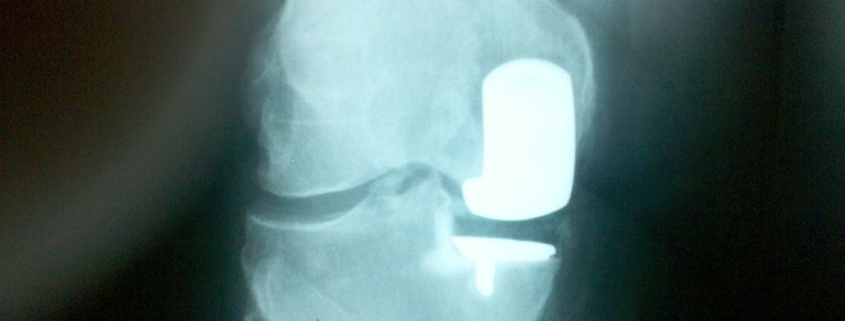Unicompartmental Knee Replacement

Overview
Involved in almost every movement you make, your knee is an incredibly important joint – but it’s also susceptible to wear and tear. One such occurrence is when one part of the knee (either the medial, lateral, or patellofemoral compartment) becomes damaged or worn away, which is where a Unicompartmental Knee Replacement (UKR) can come into play. The UKR, also known as a partial knee replacement, is a surgical procedure that replaces only the damaged compartment of your knee with prosthetic parts.
Types
UKR can be broken down into three types, reflecting the part of the knee that is replaced:
1. Medial Unicompartmental Knee Replacement: This is the replacement of the inner part of the knee. It’s the most common UKR procedure since the inner (medial) compartment is often the first to be affected by wear and tear.
2. Lateral Unicompartmental Knee Replacement: This operation replaces the outer (lateral) part of the knee.
3. Patellofemoral Unicompartmental Knee Replacement: This less common procedure replaces the compartment located under the kneecap (patella).
Causes
UKR is usually due to osteoarthritis, a degenerative joint disease that wears away the cushioning in your knee. Other factors increasing the risk of a UKR include previous knee injury, obesity, ageing, and family history of arthritis.
Symptoms
UKR becomes a consideration when knee pain becomes chronic and debilitating. Symptoms indicating you may need a UKR include:
– Severe knee pain that limits everyday activities
– Moderate to severe pain even while resting
- Knee stiffness or instability
– Swelling that doesn’t improve with rest or medications
Diagnosis
The diagnosis requires consultation with an orthopedic surgeon, who might ask you about your medical history, perform a physical examination, and order imaging tests. X-rays and MRI scans can help the surgeon evaluate the condition of your knee and its compartments.
Treatment Options
Before resorting to a UKR, conservative treatment options such as physiotherapy, weight loss, bracing, injections, and pain medication might be attempted. If these treatments don’t aid in your improvement or if the pain becomes unbearable, a UKR surgery could be the next step.
Postoperatively, rehabilitation plays a significant role in successful recovery. This can involve physical therapy exercises, use of walking aids and ensuring wounds are kept clean to avoid infection.
Living with Unicompartmental Knee Replacement
Living with a UKR generally improves your quality of life – relieving pain and improving knee function. But it also requires a regular commitment to exercises to strengthen your knee and leg. Adopting a healthy lifestyle including weight management and a balanced diet can be beneficial.
Watching for signs of infection (redness, swelling, warmth around the knee, or fever), and seeking immediate medical attention if these occur, is crucial. It’s also important keep regular followup appointments with your surgeon.
When to Seek Help
It’s vital that you seek immediate medical attention if you experience the following after your UKR: severe pain, infection symptoms at the surgical site, chest pain, or sudden shortness of breath. These could be signs of serious complications.
If you’re still experiencing persistent knee pain or reduced function after your conservative treatments, then it’s time to discuss the possibility of a UKR with your orthopedic surgeon. Living with knee pain isn’t necessary – there are options available to help you move with ease again.
